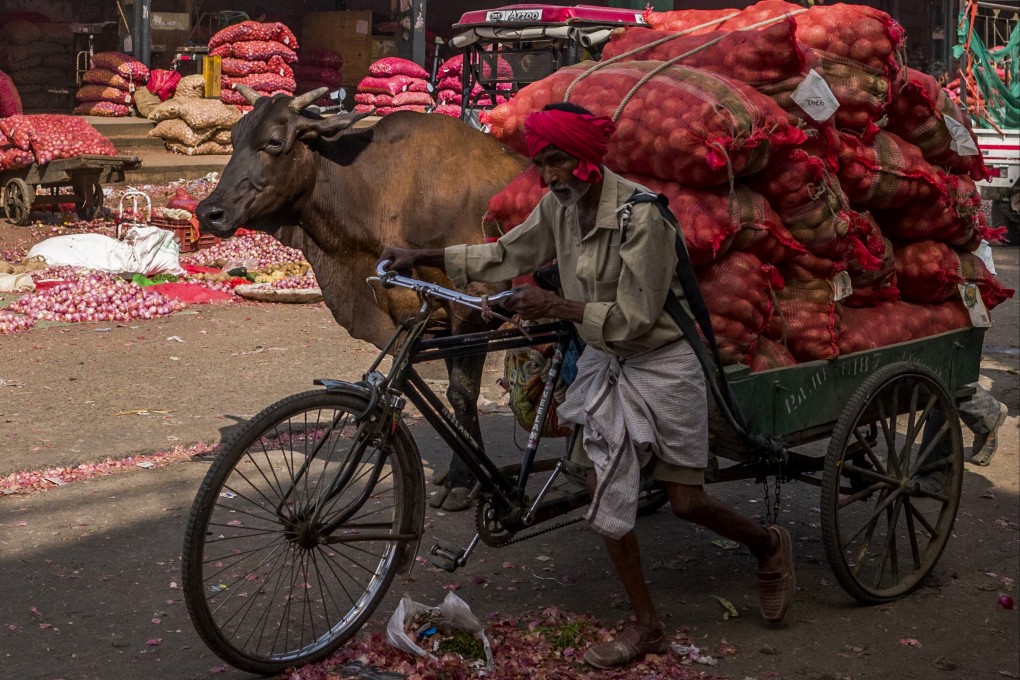Opinion | Five steps global policymakers can take to provide supply solutions to stagflation
- The World Bank’s latest forecast shows global growth is projected to keep slowing into 2024, with low- and middle-income countries the hardest hit
- Averting disaster and restoring growth requires focusing on helping Ukraine, debt relief, countering rising prices, fighting Covid-19 and green energy

More than two years after Covid-19 caused the deepest global recession since World War II, the world economy is again in danger. This time, it faces high inflation and slow growth simultaneously. Even if a global recession is averted, the pain of stagflation could persist for several years with potentially destabilising consequences for low- and middle-income economies.
Covid-19 already dealt a major setback to income growth and poverty reduction in developing economies. They are expected to eke out 3.4 per cent growth in 2022 – barely half the rate in 2021 and well below the average between 2011 and 2019. The growth forecast for middle-income countries in 2022 was also downgraded sharply.
There is considerable danger that above-average inflation and below-average growth will persist for several years. Between 2021 and 2024, global growth is projected to slow by 2.7 percentage points. With inflation at multi-decade highs in many countries and supply expected to expand slowly, there is a risk the rate of price growth will remain higher for longer than anticipated.
